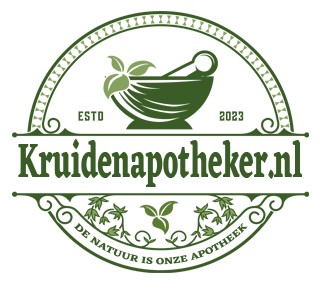Natural Science Hub Search function
Type your keywords and we will find the results

-
Anti-inflammatory effect of Capuli cherry against LPS-induced cytotoxic damage in RAW 264.7 macrophages.
- Date:
- Author: Alvarez-Suarez JM | Carrillo-Perdomo E | Aller A | Giampieri F | Gasparrini M | González-Pérez L | Beltrán-Ayala P | Battino M |
Capuli cherry (Prunus serotina Ehr. subsp. capuli (Cav.) McVaugh) fruits from the inter-Andean region of Ecuador were analysed to determine their bioactive compounds content, total antioxidant capacity, radical scavenging activity and their anti-inflammatory and protective effects against the cytotoxic damage mediated by lipopolysaccharide (LPS) in RAW 264.7 macrophages. Capuli fruits proved to be a natural source of bioactive compounds such as anthocyanins, vitamin C and β-carotene as well as to present an important total antioxidant capacity and radical scavenging activities. RAW 264.7 macrophages were incubated with different concentration of Capuli crude extract and subsequently activated by LPS to determine the markers related to oxidative damage and the proinflammatory cytokine production. The markers of oxidative damage, nitrite levels, the interleukin 1β messenger RNA levels and the tumor necrosis factor α mRNA levels and secretion were significantly decreased after the pre-incubated with Capuli extract and subsequently stimulated with LPS. In summary, Capuli extract attenuated the LPS-induced damage in RAW 264.7 macrophages due to its antioxidant and anti-inflammatory properties, showing that Capuli fruits may represent a relevant source of bioactive compounds with promising benefits for human health.
Read More on PubMed -
Phenolic compounds in Rosaceae fruits from Ecuador.
- Date:
- Author: Vasco C | Riihinen K | Ruales J | Kamal-Eldin A |
RP-HPLC-DAD was used to study the content of phenolic compounds in four Ecuadorian fruits (strawberry, Andean blackberry, plum, and capuli cherry). Compounds were identified using spectral characteristics of representative standards and reference samples. Further, LC-MS with MS/MS was used to confirm molecular assignments in previously unstudied capuli cherry. Gallic acid was detected in Andean blackberry, and galloyl esters were detected in strawberries. Both these berries contained ellagic acid derivatives as major compounds, followed by anthocyanins, cyanidin, and pelargonidin glycosides. Plums and capuli cherry showed similar profiles of phenolic compounds, with chlorogenic and neochlorogenic acids being the most important hydroxycinnamates. (-)-Epicatechin was found in high amounts in Andean blackberry, plums, and capuli cherry, while (+)-catechin was only found in capuli cherry. Proanthocyanidins were major compounds in all fruits, and all contained considerable amounts of quercetin derivatives and smaller amounts of kaempferol derivatives. LC-MS analysis of capuli cherry revealed dimeric and trimeric procyanidins, quercetin and kaempferol hexosides and pentosides, and a kaempferol-O,C-dipentoside.
Read More on PubMed




